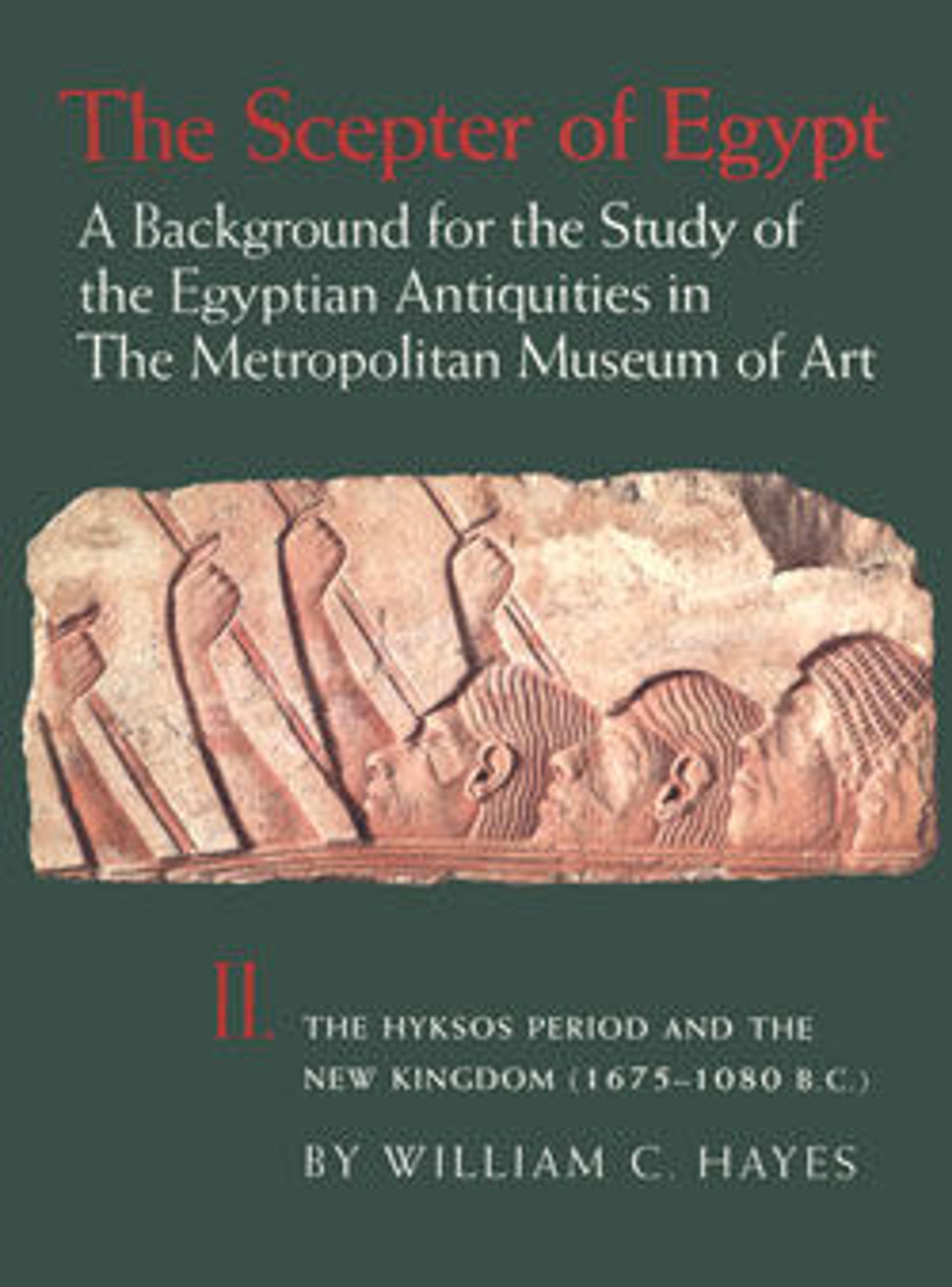Necklace in Gold Filagree of Queen Tausret
The cornflower and ball beads in this necklace were made by soldering wire rings of several different diameters into the desired forms. The piece is an early example of the technique known as filagree. Discovered with a cache of jewelry in the Valley of the Kings, the necklace is thought to have belonged to Tawosret, wife of the Seti II and regent for her husband's successor Siptah. Tawosret, who reigned Egypt in her own right for several years at the end of Dynasty 19, was one of the few female rulers of Egypt, the most famous of whom are Hatshepsut and Cleopatra VII.
Artwork Details
- Title: Necklace in Gold Filagree of Queen Tausret
- Period: New Kingdom, Ramesside
- Dynasty: Dynasty 19
- Date: ca. 1200–1186 B.C.
- Geography: From Egypt, Upper Egypt, Thebes, Valley of the Kings, Tomb KV 56 ("The Gold Tomb"), Davis/Ayrton excavations 1908
- Medium: Gold
- Dimensions: l. 58 cm (24 in); h. of cornflowers 2.6 cm (7/8 in); w. of umbel .55 cm; diam. of ball bead 0.6-0.8 cm
- Credit Line: Theodore M. Davis Collection, Bequest of Theodore M. Davis, 1915
Purchase, Edward S. Harkness Gift, 1926 (26.7.1346, .1348) - Object Number: 30.8.66
- Curatorial Department: Egyptian Art
More Artwork
Research Resources
The Met provides unparalleled resources for research and welcomes an international community of students and scholars. The Met's Open Access API is where creators and researchers can connect to the The Met collection. Open Access data and public domain images are available for unrestricted commercial and noncommercial use without permission or fee.
To request images under copyright and other restrictions, please use this Image Request form.
Feedback
We continue to research and examine historical and cultural context for objects in The Met collection. If you have comments or questions about this object record, please contact us using the form below. The Museum looks forward to receiving your comments.
